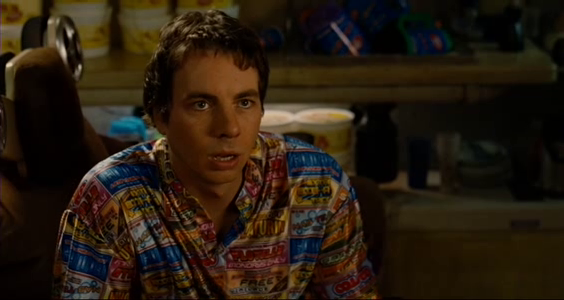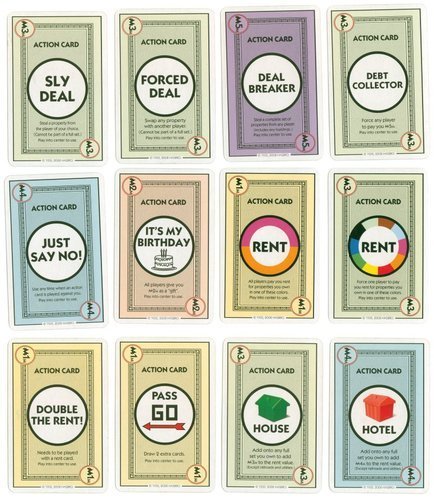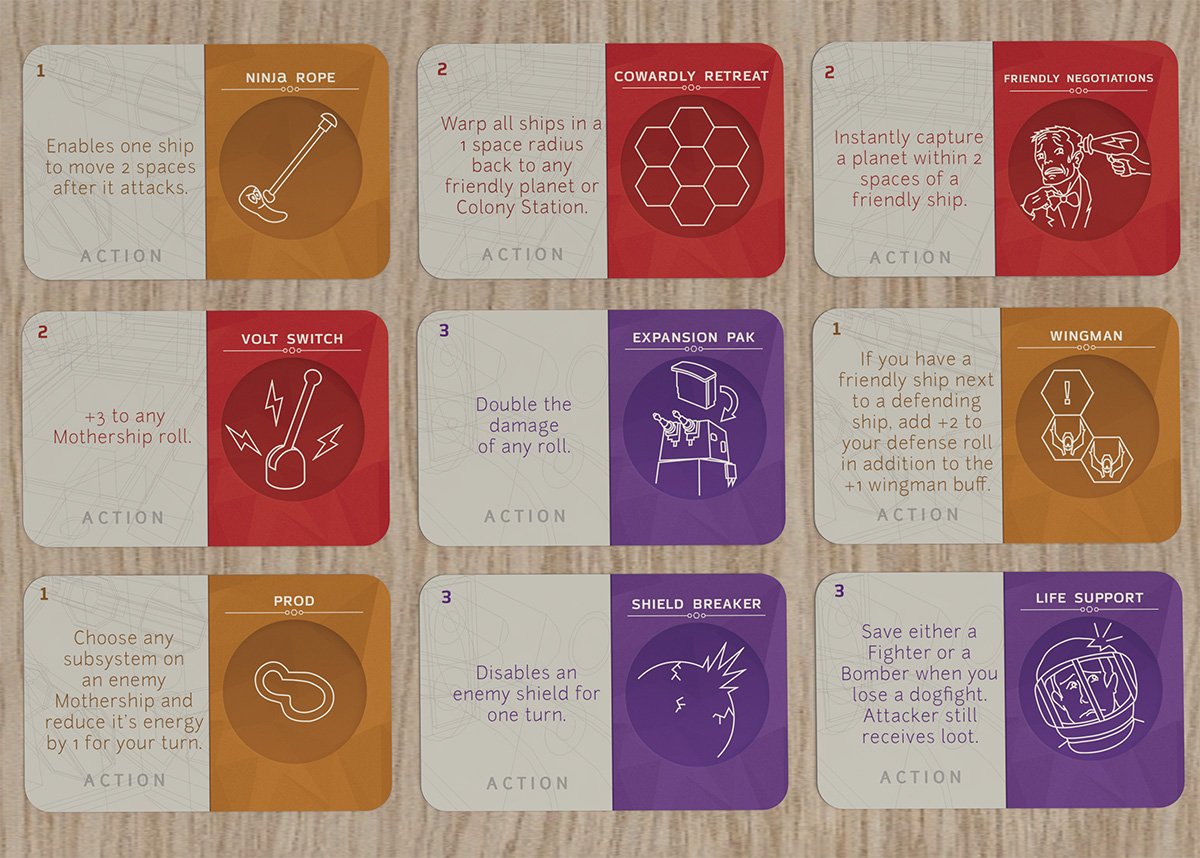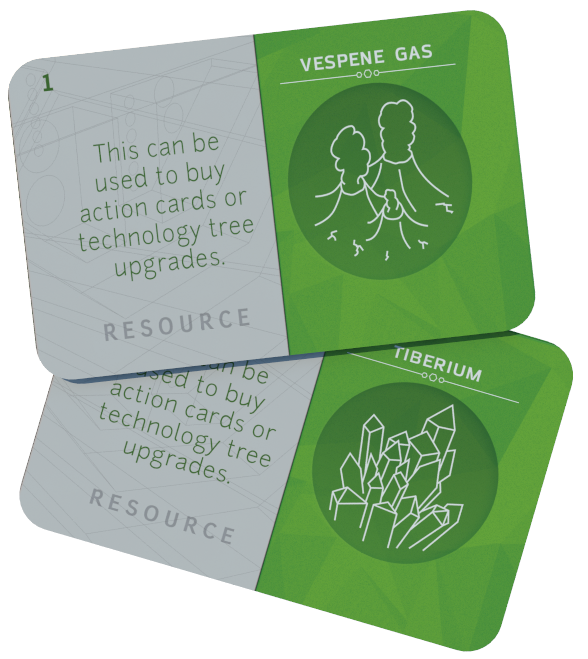Player Engagement
When someone plays your game, do they care about it? Do they care about their next move or do they even want to get to their next turn? This is player engagement.
I love Monopoly Deal. When I saw it in the shops I thought it was just another cash grab on an already over-saturated brand. When I played it I found a simple, easy-to-pick-up card game that makes me yell at the people I love. It's great. I love it so much it has influenced the design of Mothership.
"A game that causes you to yell at loved ones is a good sign that it's engaging."
I noticed something cool when playing Monopoly deal: for a game that just involves pulling cards randomly from the top of a deck, you want to keep playing. Why is that? I did my best to deconstruct what elements make it fun, and here's what I came up with.
Colours
You're constantly faced with good cards and lousy cards. That's the nature of the game. When you get a good card though, hooooo boy does it feel good.
I'm no graphic design expert and certainly not a psychologist. My experience as a game designer is identifying what I enjoy in games I've played and making it happen in my game. Such as when you pick up a purple card. What is a purple card? A purple card is a high-value card. You know when you see the colour purple that it's going to be good even before you read it. I'm sure there's a brain thing going on here (I apologise for the medical terminology) where you associate a colour with a great outcome.
Here are some of the Monopoly deal cards. That third one, 'Deal Breaker' is one of those 'hooooo boy' cards. Wouldn't you like that for your game? I did. I wanted players to have 'hooooo boy' moments.
Below you'll see the action cards from Mothership. They are split up into three values: low (orange), medium (red) and high (purple). You'll notice numbers in the corners just like in the Monopoly cards, which is another idea I borrowed.
No Card Goes to Waste
All the cards have values assigned to them. As you play Mothership, you start to formulate your strategy. You might get a card that doesn't fit into your strategy. So, instead of it being a waste, you can 'cash in' that card, so to speak. Nothing lost. Even the crummy low-value cards are still useful to you because you can use them as money.
I'm sure Monopoly Deal wasn't the first to use this mechanic, but it made me realise what makes games like this and Settlers of Catan engaging to play...
The Feeling of Progression
Mothership was initially designed with no money system. Without it, my game felt stale. The next play-test I had after introducing a money system was very different. Players were eager to get to their next turn. Why? They loved getting money! Receiving something every turn felt good. Their engagement sky-rocketed! I thought "this must be why candy crush does so well."
Most play-testers initially didn't know why they were getting money, or what to do with it. But they loved it, and it made them want to keep playing.
That constant, steady trickle of money triggers all kinds of reward centres in the brain. After balancing the player’s income, money became a very important part of Mothership and now managing your economy is an integral part of the game.
So, is your game engaging? Analyse your game, and ask your play-testers; "Do you even want to get to your next turn?" Remember, if your players yell at each other that's a good sign they care about the game they're playing.




